SummaryAirport Rating ***** Reception of locals ***** Cost: £££££
Another city, another long train journeyZurich isn't the type of city you go on holiday to. It's not the type of adventurous city you go backpacking in. It's more closely associated with rich business travellers, bankers, and generally has a grey corporate reputation. When I told people I'd be visiting Zurich out of my own free will, they looked at me as though I had lost my mind. And perhaps, if travel to, and from Zurich wasn't so cheap, I would have overlooked it. I'm glad I didn't, but only just. I caught a train from Frankfurt into Switzerland. The journey, at just over three hours, was significantly shorter than the one I took from Vienna into Germany, but unlike that journey, this involved changing trains. I caught a very nice train (image above) from Frankfurt into Basel, where I was to switch trains. The margins were tight, at the start of the journey I had 13 minutes to change trains, but a few short delays along the way meant that by the time I reached Basel that was down to just a handful. The journey south through Germany was legit beautiful (as was the journey north-west from Vienna). If I realised one thing, it was that the German countryside is naturally stunning. By the time we came into Switzerland, the scenery changed slightly, it felt a little flatter. The journey was largely uneventful until I got to Basel where I realised there were two stations serving the city, just a couple of minutes apart by train, but considerably longer by car. With my train to Zurich waiting, I took a risk and waited for the second station which turned out to be a good call - I quickly got off, changed platforms and got onto a second train. The train from Basel to Zurich was completely different. Very old school, dusty, a little rickety, it felt a world away from the spaceship like train I had just left. Thankfully, at this point it was only an hour to my destination. The journey again was uneventful, the scenery not quite as spectacular as the one across the border in Germany, and I arrived to a fairly large train station in good time. Walking through AltstadtOne of the first things I did after dropping my bags off was to do the famous 'circular' walk through Zurich's historical city core. Zurich has a fairly long history, with earliest written records of the settlement dating back to the second century. Its proximity to Germany and Austria means that it has developed a decided German flavour, although there are also Italian and French influences. What marks Zurich apart from other central European cities is that its traditional neutrality in wars means that the city has escaped some of the large scale damage other European cities of a similar size experienced during the two World Wars of the 20th century. The core isn't particularly large, and neither is the city as a whole, so the walk along the route doesn't take too long. In fact, a number of places advertise the short walk for 'business travellers who are only in the city for work and may only have a spare couple of hours'. The historical district, as with most in Europe, is made of narrow streets, old timber style houses and a lot of churches. The most spectacular church is called the Grossmunster, a giant Romanesque structure serving the city's largely Protestant citizens. The structure dates back almost a millennia to 1220AD, and according to tradition was founded by one of Europe's greatest rulers, Charlemagne even earlier. The church has two large 'twin towers' that were constructed in the 15th century, and for just 4 CHF, it's possible to climb to the top, so I decided to do just that. The climb is fairly steep, with narrow staircases and wooden platforms giving it a slightly unsafe feel. I visited during a particularly hot few days, so I was sweating quite a bit on the way up - not a pretty sight! There are no lifts, and the heat coupled with hunger meant that I found it to be a fairly decent climb. However, the views from the top are completely worth it! You have four openings, leading onto four balconies, each giving you view of a different part of the city and it's absolutely spectacular. You can see Lake Zurich from one side, the beautiful Fraumunster on the other, and other landmarks from the remaining two balconies. I spent a fair bit of time at the top taking in the views, and as far as views from churches goes, this beats the views from the Sagrada Familia in Barcelona, St Stephens Cathedral in Vienna and the Westerkerk in Amsterdam (which I'll write about in a forthcoming article). Fraumunster church is on the other side of a small body of water jutting inland from Lake Zurich and is most famed for its stained glass windows. The steeple of the church is a beautiful turquoise colour and fits into the general blueish theme that the city, including transport, has. Perhaps my favourite part of the walk was Lindenhof Hill. The hill includes remains from prehistoric, Roman and Medieval times, therefore making it a Swiss national heritage site. The hill has a small public square next to a masonic lodge and has remains such as a Roman gravestone, parts of a castle and, the relatively new Hedwig Fountain. I walked through the area around sunset, and although there were a few people, it wasn't particularly busy. On the far side of the park is a wall with quite a steep drop, but that's where most of the people were sitting taking photos, so I decided to do the same. The view is very impressive, looking over the main street of Zurich, the small inlet of the Lake, Grossmunster and a number of other landmarks, it was akin to the view of Naples I saw from San Martino, although you are much closer to the city here. The wall has a slight slope forward, so I found myself shifting my weight back, but others were definitely more comfortable drinking, sitting with their backs to the city etc. It's definitely a cool place and one I would recommend if you are in the city, if not for the history, then the views. Parks and lakesPerhaps the most of famous of Zurich's natural landmarks is the 25 mile long Lake Zurich. The large body of water is fed by a single river, the Linth, and stretches across a number of towns and even regions of the country. In Zurich it seemed to be the most popular place during a hot day. While the city was deserted, the lake and surrounding parks were full of people playing football, frisbee, having picnics, barbecues or just relaxing in the sun. After the grey/blue city, the injection of colour and energy was noticeable. The lake itself has a number of boats, either private or for transportation, and a lot of swimmers. In fact, the water is said to be incredibly clean, and following a purification process is used as drinking water by the city's inhabitants. The perimeter of the lake is surrounded by street entertainers, the sort you usually find in the main public squares of large cities. There was no doubt in my mind that this was the place to be after work or during the weekend in good weather. I didn't eat too much during my time in Zurich, but I wanted to try some raclette. Raclette is basically hard cheese that is heated up to the point that it begins to melt and this is then scraped off - leaving a liquidy sort of cheese for dipping and eating. I'd saw something similar in Paris, but in Switzerland it is associated more as a quasi national dish. Raclette is something that is consumed in the winter, so eating it on a hot day wasn't the best idea but it was still good. The waitress brought a small pot to the table filled with bubbling cheese and placed it on a small stove, so the cheese remained in its semi liquid form. She then brought some bread and potatoes and then it was all up to me. It was slightly tricky at first figuring out what to do, but it tasted good and filled me up. The only downside was the price, the equivalent of £25, but that's a reflection of an incredibly expensive city. The home of FIFAOne of the things I was really looking forward during my visit to Zurich was the FIFA museum. Now, don't get me wrong, I don't just hate FIFA, I detest it as an institution. It's one of the most corrupt, opaque sporting institutions, and whilst it's done a lot of good for football in terms of creating tournament football and spreading the game around the world, the money involved is now so stupidly large that inevitably it has attracted some dubious people into its employ and leadership positions. I could write a whole article on why I hate FIFA, and maybe one day I will - but as much as I hate FIFA, I love football and unfortunately the two are more than just a little linked. Zurich is the home of FIFA, but the FIFA museum is only a couple of years old. The museum isn't far from the lake, although it was on the other side of the city from where I was staying. It took me about 40 minutes waking through the city centre, and on a Sunday, the core of the city is absolutely empty, similar to the Square Mile in London. Shops were almost all closed, and I realised why Zurich isn't one of those cities that markets itself as a city that never sleeps. The museum building is fairly big, but the museum itself only occupies three of the floors. At 24 CHF, entry isn't cheap, but as a fan, I was never going to think twice about paying. As you enter there are jerseys of every FIFA member nation behind a long horizontal glass wall, a really nice touch. Not far from that is the history of the game, a wall chart showing the development of football from its origins in England, to its place today as the world's most popular sport. There are over 1,000 individual items from every World Cup, but the best exhibit by far is the FIFA World Cup trophy. Encased in a small glass cabinet, the famous gold trophy looked absolutely stunning and I spent a good five minutes looking at it. I couldn't believe how close I was to something that I had grown up watching. Another exhibit on each World Cup was pretty cool, with specific memorabilia from each tournament, it was great to see the 1966 England exhibit. There's a short feature film in a small auditorium that was a little cringe, and then near the end an interactive exhibit where you can practice your dribbling, free kicks, corner kicks, passing and shooting with real footballs. Needless to say, I absolutely loved that part. And then...that's it. I don't know what to say. It's the FIFA museum, it's all about football, so I enjoyed it and would definitely visit again, but I can't help but feel there could have been more to it. The organisation is over 100 years old and has held its most famous tournament, the World Cup, since 1930. I just wish there were a few more rooms and a few more exhibits. Perhaps some large photos showcasing some of the most famous moments in World Cup history, or stories from some of the star players of each tournament. Is Zurich worth visiting?I spent almost three full days in Zurich, mainly walking around the city during both the day and night. For me, that was probably a day too long.
In many ways, the beauty and history of the city reminded me of Luxembourg City (which you can read about here), but on a slightly larger scale. There's a lot to like about the city. The historical core, the narrow streets and a pretty amazing tram system that operates throughout Zurich. The views from Grossmunster and Lindenhof Hill were two personal highlights, but just walking the city was nice. Then of course, there is Lake Zurich, a great place to hang out on a warm day, with a real buzz and energy that is largely devoid in the rest of the city. And that is probably the main downfall. Most of the city is very grey, and it's certainly quiet. It isn't a particularly large city, so there isn't too much to do or see outside the handful of places I have mentioned. Another negative is the cost. I rank every city out of 5 for their cost at the top of each article (with 5 the most expensive), this could easily have got a ranking of 6 - everything is noticeably expensive. For me, the city certainly dispelled some myths in terms of its reputation as a dull, boring and uninspired city. I'm not sure if I'd go so far to recommend a visit, but if you find yourself with cheap tickets, it's definitely worth considering. Comments are closed.
|
AuthorBritish Sikh, born in the Midlands, based in London, travelling the world seeing new cultures. Categories
All
|
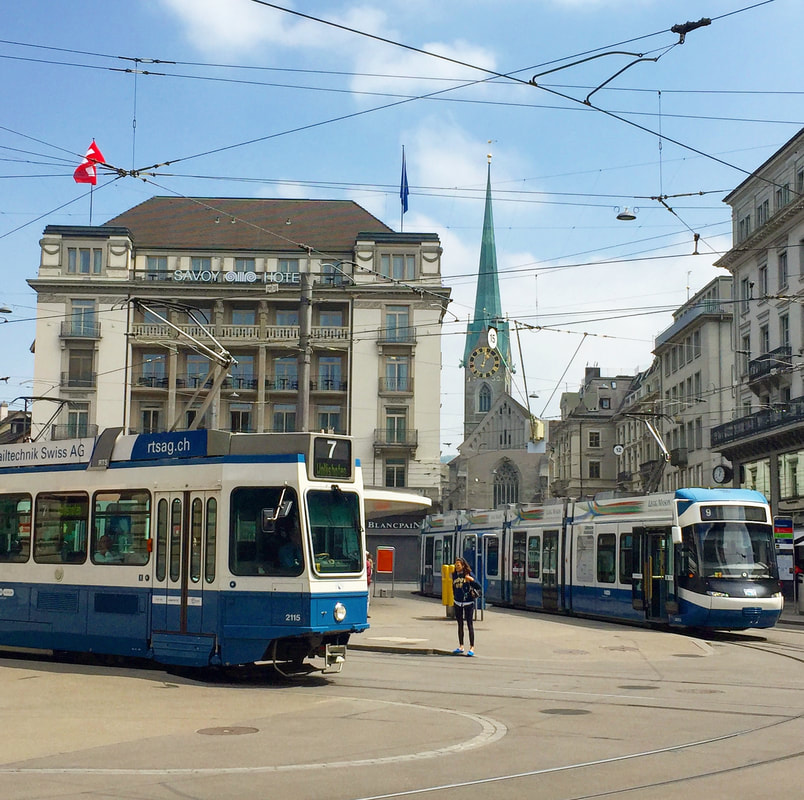
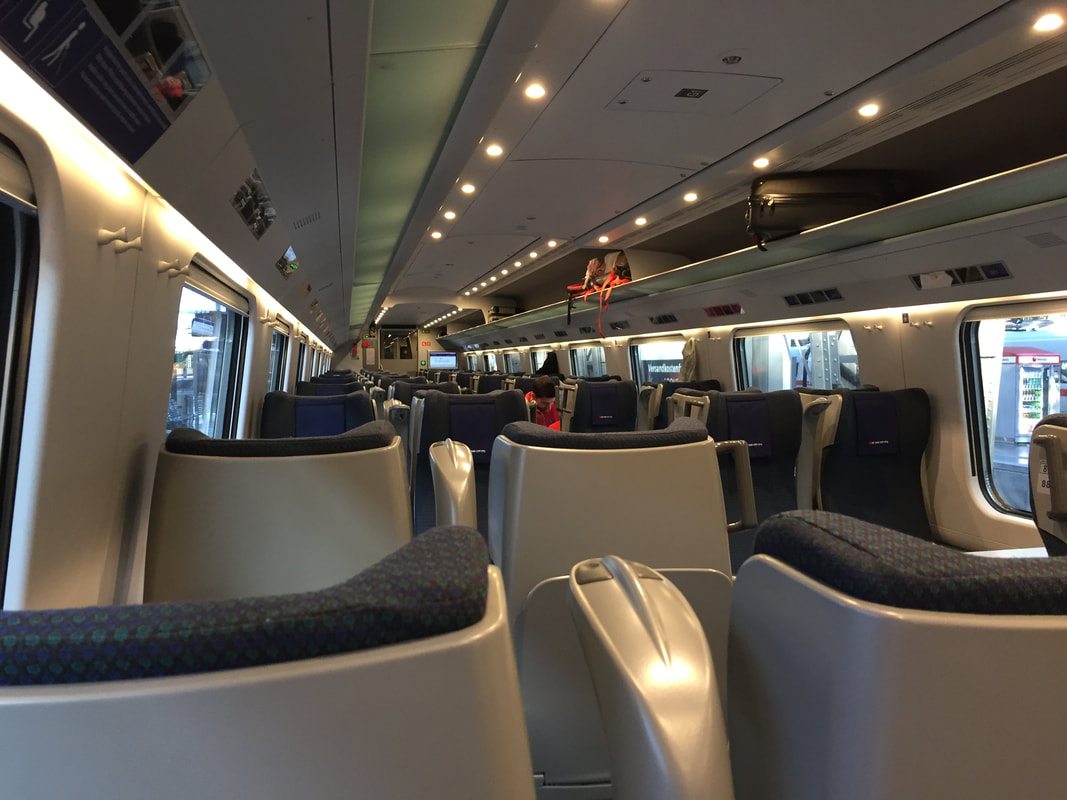
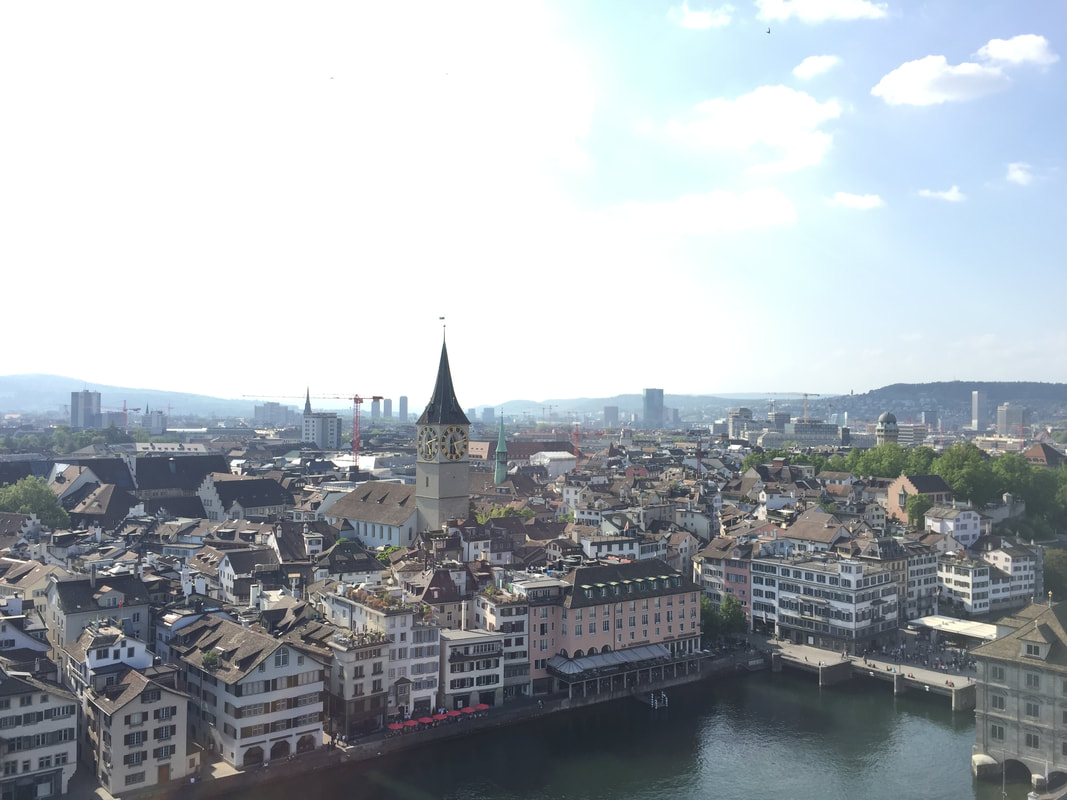
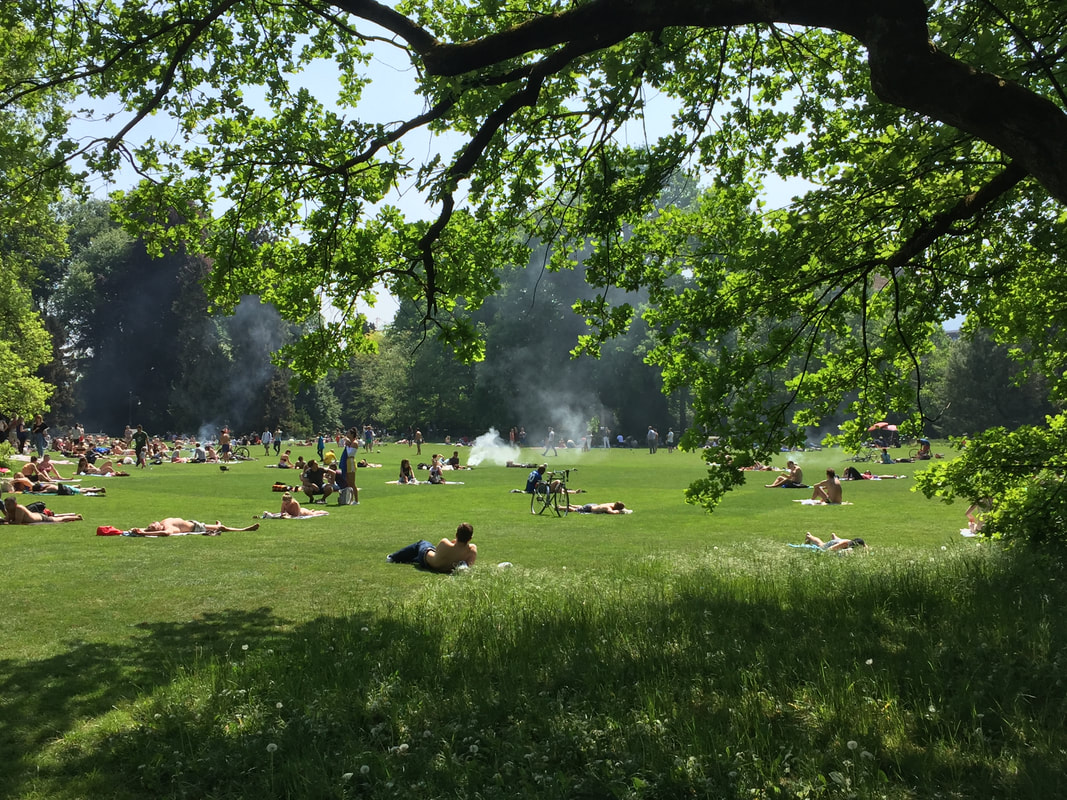

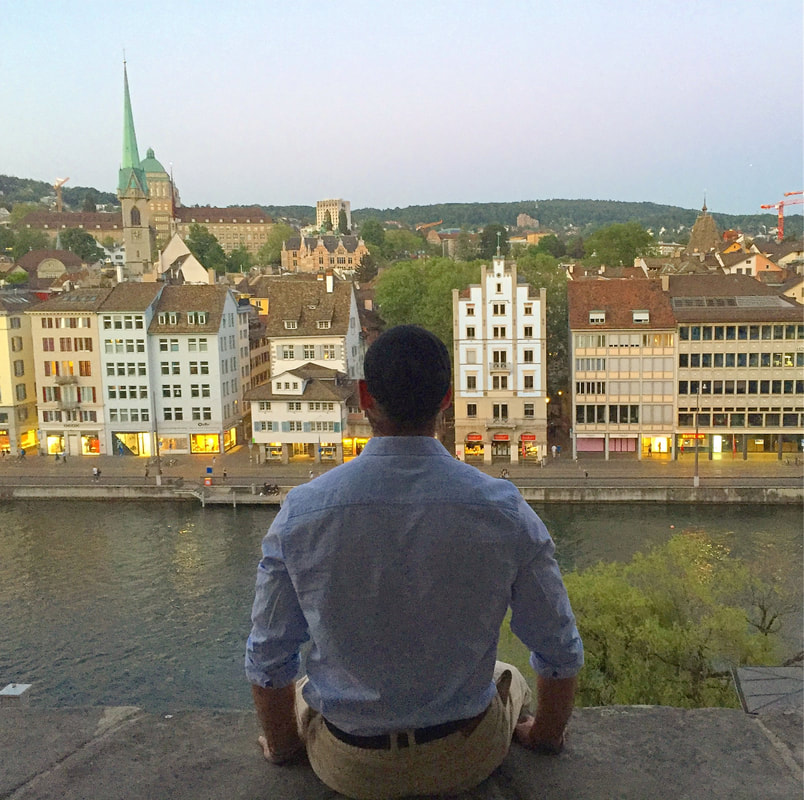
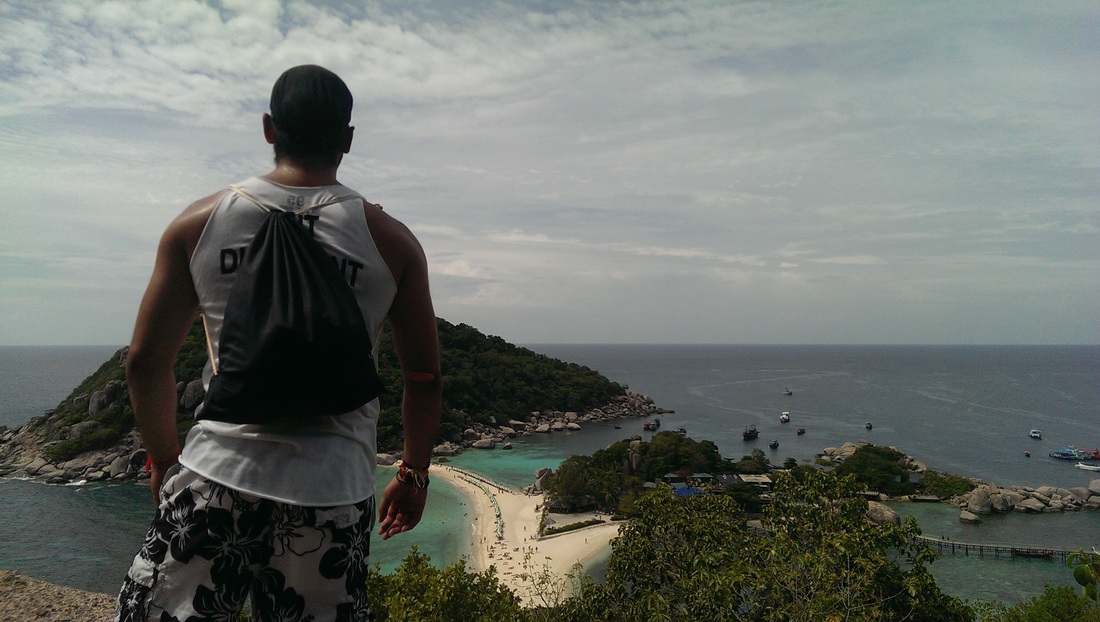
 RSS Feed
RSS Feed